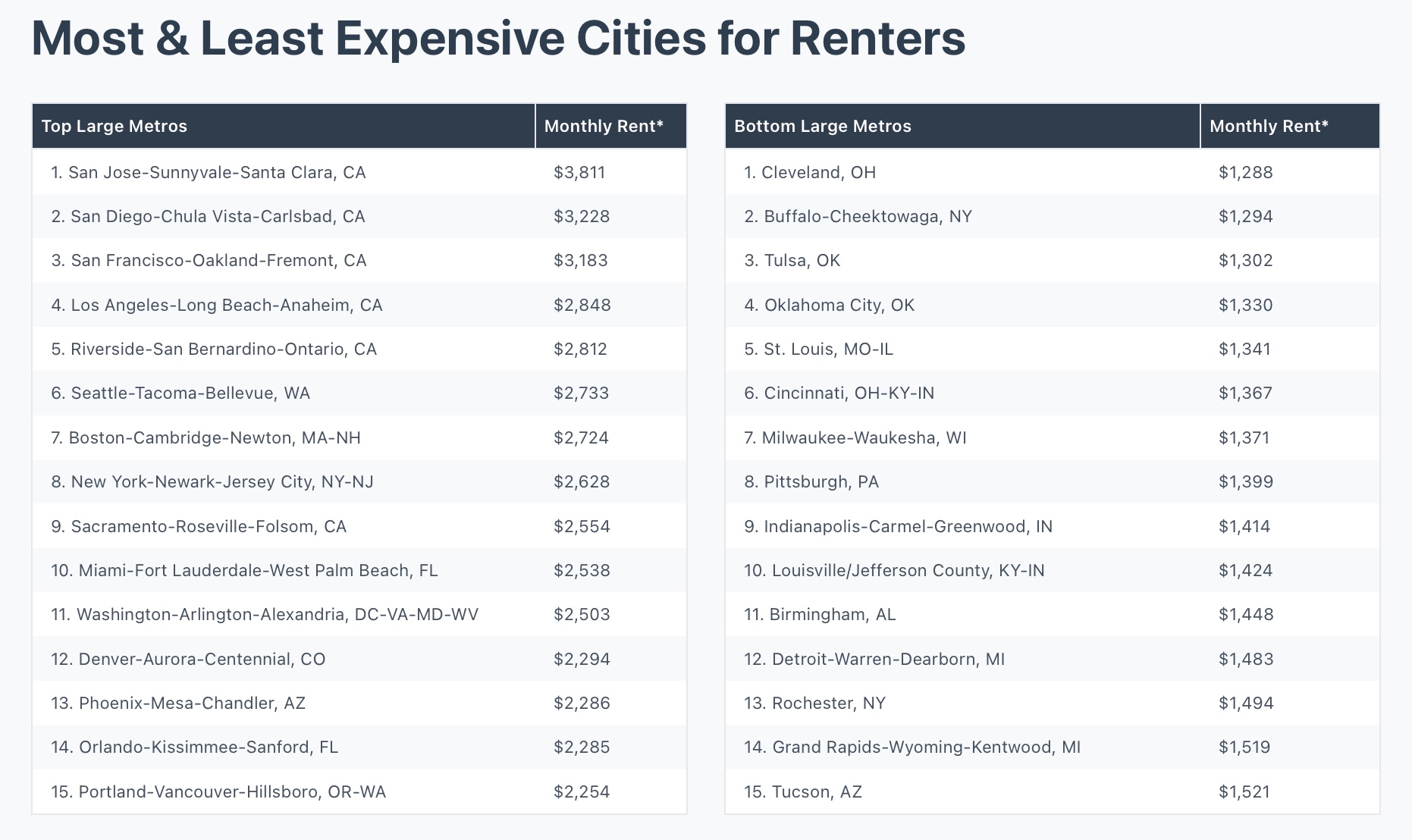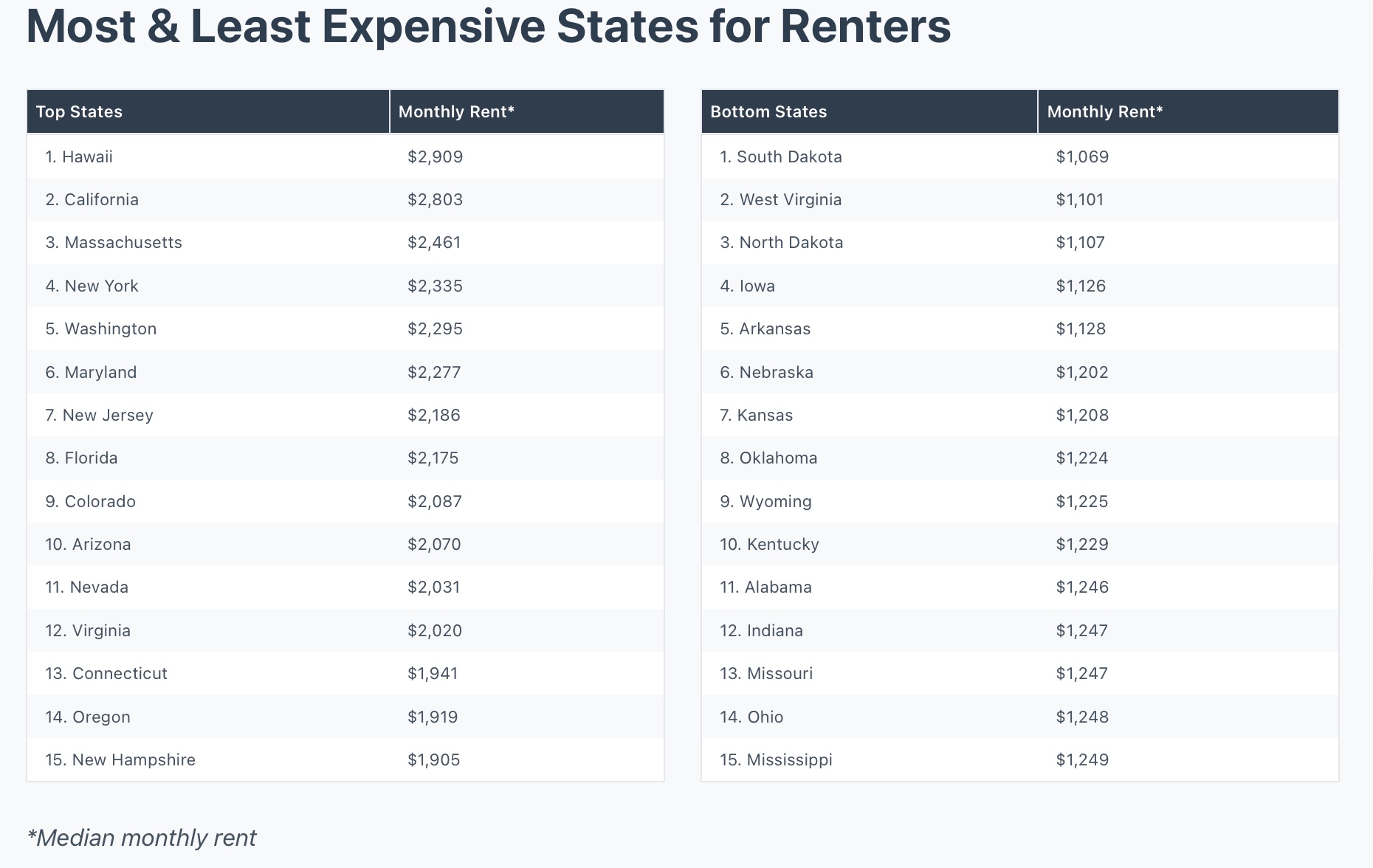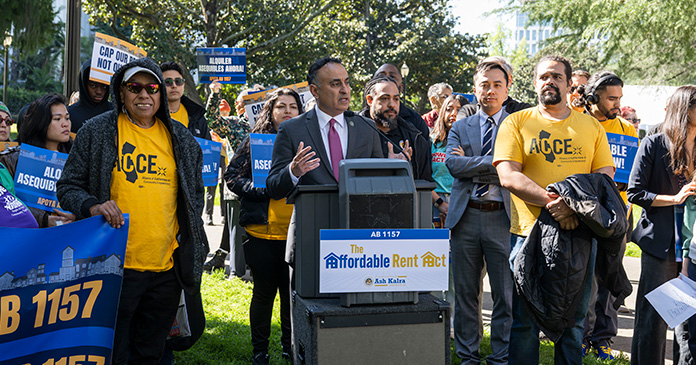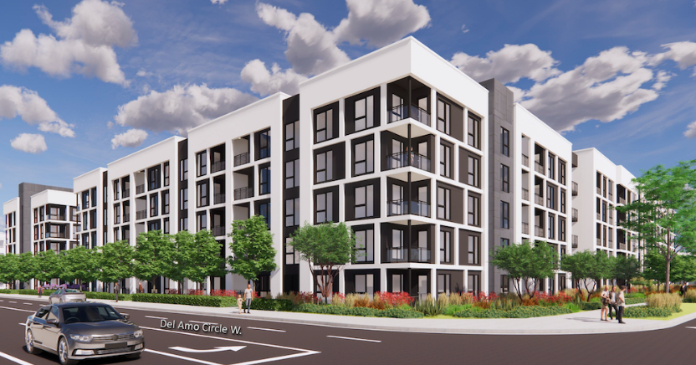When it comes to housing burden and costs in the United States, California often dominates headlines—and for good reason. According to a new RAND Corporation report, building multifamily housing in California is more than twice as expensive as in Texas and 1.5 times higher than in Colorado. These findings stem from data collected from over 100 completed apartment projects across the three states and paint a stark picture of the cost drivers that have long plagued California’s housing market.
The report shows that while land and labor costs are certainly higher in California, much of the cost difference stems from policy decisions, including lengthy permitting processes, prescriptive building codes and development fees that average $29,000 per unit in California compared to just $1,000 in Texas. These obstacles add more than 22 months to project timelines, delaying housing availability and inflating prices.
And the disparity isn’t uniform within California: costs in Los Angeles are 2.5 times higher than Texas averages, while in the Bay Area they’re three times higher.
Ironically, publicly subsidized affordable housing in California costs more per square foot than luxury market-rate developments, driven in part by above-market wage mandates and unusually large architectural and engineering fees (particularly in Los Angeles) likely related to highly prescriptive design requirements.
Yet despite these high production costs, California doesn’t always rank as the most cost-burdened state for renters. A recent WalletHub study, for example, ranked New York at the top, with median housing and energy costs eating up 54.5 percent of household income, while California ranked sixth at 41.8 percent.
That apparent contradiction has to do with how housing affordability is measured. California’s median household income is relatively high, which can mask the intensity of cost burden for many low-income renters. But when we look at total rent burden, defined as households spending more than 30 percent of income on rent and utilities, California ranks near the top, behind only Hawaii.
According to the Joint Center for Housing Studies, 53.8 percent of California renter households were cost burdened in 2022, with nearly 30 percent spending over half their income on rent.
Interestingly, New York, despite being ranked as the most cost-burdened by WalletHub, falls behind California in this dataset, with 50.7 percent of renters considered cost burdened.
Recently released data from the Department of Housing and Urban Development shows that 12 states now have median market rents exceeding $2,000 per month, an increase from nine states last year. This data set also has Hawaii leading the list with a median rent of $2,909, followed by California at $2,803, Massachusetts at $2,461, and New York at $2,335.
Below is a complete breakdown of rental prices across more than 350 metropolitan areas grouped by size and all 50 states. The analysis was conducted by researchers at Construction Coverage, using data from the U.S. Department of Housing and Urban Development and the U.S. Census Bureau.
 The difference in rankings across studies illustrates how metrics and methodology matter. A state like California may have eye-popping building costs and significant regulatory burdens, but when median incomes are higher and averages are used, the depth of unaffordability can appear less severe than in lower-income states with similar rents.
The difference in rankings across studies illustrates how metrics and methodology matter. A state like California may have eye-popping building costs and significant regulatory burdens, but when median incomes are higher and averages are used, the depth of unaffordability can appear less severe than in lower-income states with similar rents.
Below are Construction Coverage’s most and least expensive states for rental housing.

The RAND report concludes with recommendations for California to streamline approvals and re-evaluate the cost-effectiveness of its environmental and architectural requirements, pointing to Texas’s 30-day approval rule and synchronized inspections as models that could reduce project delays and costs.
Ultimately, the issue isn’t just high rents. It’s the systemic barriers to building more housing, especially affordable housing. While renters in multiple states are struggling, California’s challenges are uniquely self-inflicted. Reducing policy friction and rethinking development fees could unlock much-needed supply and start to address a housing crisis that has become a defining feature of life in the Golden State.













